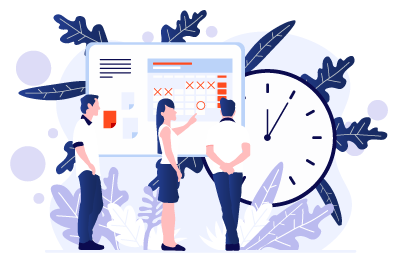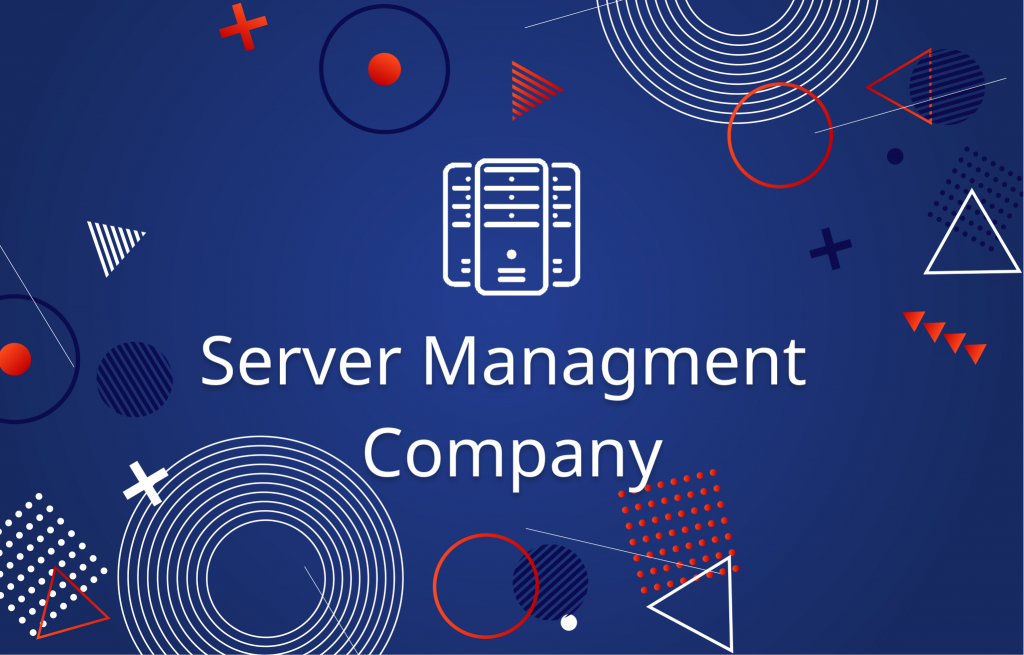You were looking for an IT company to turn your idea into the product. You found one that seems professional to you, whose portfolio you liked the most, and whose review tells you what you wanted to hear from its customers. This company specialization reflects all your business needs. You found their phone number and decided to call. On the other side, a sales manager picks up the phone.
If it isn’t the first time you collaborate with IT company, you already know what information you need to provide for the sales manager so that he/she could understand the scope of work and offer the services needed. But if you come for such assistance the first time, you will have to explain a lot for a company representative: as long as you want all your requirements to be completely fulfilled, you have to cover all the points of your idea.
When you turn to an IT firm the first time, you just can not know specific aspects the development or system administration team requires to have a big picture of your project. That’s why the Sales executive tries to help you to organize all your requirements and create a feature list for a future study of your request.

In the frame of IT company the sales manager is not only responsible for customer engagement, he/she represents the company, establishes the communication with the client, helps to set the scene for the work. A sales department representative has extensive knowledge of what services the company covers.
So you know, sales managers also participate market analysis. They are aware of the demand on the market, know the technology and frameworks that are in trends. Moreover, with the development/sysadmin team they can figure out the solutions to suggest for your specific case, so your product will stay innovative.
During the negotiations, together you will form the preliminary specification which will help the tech team and sales to find the best way to deliver a project, and based on that information prepare the estimation. This is how you will know upfront how much money and time you will need for the project before setting up the contact. After the contract between you and the company is signed, you won’t stop communicating with the sales manager, and can turn to him/her to discuss any organizational and financial questions or elaborate the plan for future changes/enhancements.
However, to organize and estimate your requirements, you need to provide any. Here are some of points you can take on board to start the collaboration with the team.
Provide a feature/requirements lists, mock-ups, example of similar works
When you need server management services you’d rather give as much information as possible. It is better to specify the list of your highlights: the number of servers to maintain, their infrastructure, the type of servers (shared/dedicated), what OS and its version are installed. Then you can set a list of tasks: whether it is just server management with OS and services upgrades or you also require the maintenance of the websites on servers, performance optimization, make sure the SSL certificates are up-to-date. The scope, determined at the very beginning, helps to elaborate a monthly plan that will suit your specific needs. For that end we develop a personal approach, because companies know that every project is unique. The more details you provide for it, the more exact the project estimate will be.
From this list you can take more clues about what servers need:
- 24×7 system, services, hardware health monitoring & technical support
- System life-cycle management
- Server securing and hardening
- Security incidents monitoring, protection, and updates
- Antispam/Antivirus SMTP filters
- Firewall installation and configurations
- Backup strategy implementation
- Disaster/Hack/ Crash/ Data Recovery
- Hardware problems detection and escalation to the datacenter
- Load balancing solutions
- Server migrations & data transfers
Once you are thinking about DevOps solutions for your products, you also need to throw light on your requirements. DevOps includes so many aspects as infrastructure management, deployment automation and orchestration, virtualization (management of virtual machines), shared storage in multi-tenanted secured environments, etc. When you are asking for DevOps consulting, you can specify what exactly you need: whether it is architecture and platform consulting, re-building your deployment pipeline towards Continuous Delivery/Continuous Deployment, or configuring CI/CD pipelines on a private cloud.
More specific information you can include in the request about DevOps infrastructure management is:
- Automated platform provisioning
- Bringing up servers in deploy state (SCR)
- Continuous monitoring and support
- Server scaling up
DevOps deployment automation and orchestration in its turn involve:
- Automated, error-free, and faster deployment
- Continuous integration and continuous delivery/deployment pipelines
- Deployment metrics
- Microservices approach implementation
- https://yourserveradmin.com/continuous-integration-tools-jenkins-teamcity/Development and deployment of clustered environments
Once you decide to move to private cloud for greater performance of your services, improved security and better control over your environment you may specify your requirements as:
- Personalized analysis and consultation to build private cloud solution
- Modernizing and optimization existing cloud infrastructure
- Cloud architecture design
- Installation, configuration, tuning of cloud infrastructure
- 24/7 cloud infrastructure monitoring and maintenance
- Cloud migration
- Automated cloud administration
When it comes to software development, outline your idea, explain your business needs, and the general idea of your web or mobile app will be clear. But a general idea is not enough. More details of the services you expect to have, about design vision, about the timeline you plan to work on the app is likely to be mentioned as well.
More details make your first steps easier for your and the company. Write down at least the most important features. If you have some ideas about design (color, size of buttons and icons), add them to your feature list too. And if you already know how your app should look like you can sketch it out. You also need to understand that coding is not the only thing that is included in Software Development Life Cycle. There are also:
Scalability is another important point you should bring up during the negotiations. Whether you make a corporate app for 50-100 people or you make a social media app for an entire world, it will affect the choice of database or the type and number of servers used.
Do not forget that when the website is developed, it is not ready for customers. Websites need optimization, so you are very likely to need services of SEO and copywriter.
Be rational about the deadline
Don’t rush the process. App development takes months if the app is not complex, otherwise, it can take a year or more. Of course, it all depends on the app, however, it still needs a long-time work, as your customer needs will grow. Just as a bestselling book can’t be written in two weeks, a user-winning app can’t be developed in the same short time.
Here, time means also quality. If you set an unrealistic release date, and you try to fit in, providing customers with an unsatisfactory app, the first impression of it will be poor. This may scare the users away, and they are unlikely to come back.
It’s important to understand that developers, designers, DevOps engineers are also interested in the quality result. They won’t be wasting your time, as hiring a highly motivated team member is the cornerstone of Agile development (which today is necessary for all teams).

Don’t be afraid to disclose your budget
The budget is a very delicate question for most clients. They always try to find out how much the price will be but never want to say about their own price expectations. The reason for that may be the feeling that the company, knowing the client’s budget, will set a higher price. But that’s not what it is about. The estimated price for a certain amount of features is often the same. And there are a lot of situations when the client wants much more than his/her budget can afford. In that case, the sales manager can offer solutions for fitting your needs and budget. For instance, firstly include the main features, which your app must have. Then after the release of the first version, when the app starts to bring money, you can continue the development and add much more features for your customers. Also, the organization is interested in building a long-term relationships with clients, so no one wants to scare you away with a high price.
You should not really think that companies want to benefit from you. They just want to work out possible solutions. While you are looking for the best price you can lose a lot of time and the opportunity of working with a good company with excellent professionals and a good price-quality trade-off.
The sales manager is the one who will walk you through these details, who will help you to organize your ideas, find the best innovative solutions, delegate the responsibility of the team to help you kick off the project. A close collaboration with the sales manager ensures a good start and enormous help.





